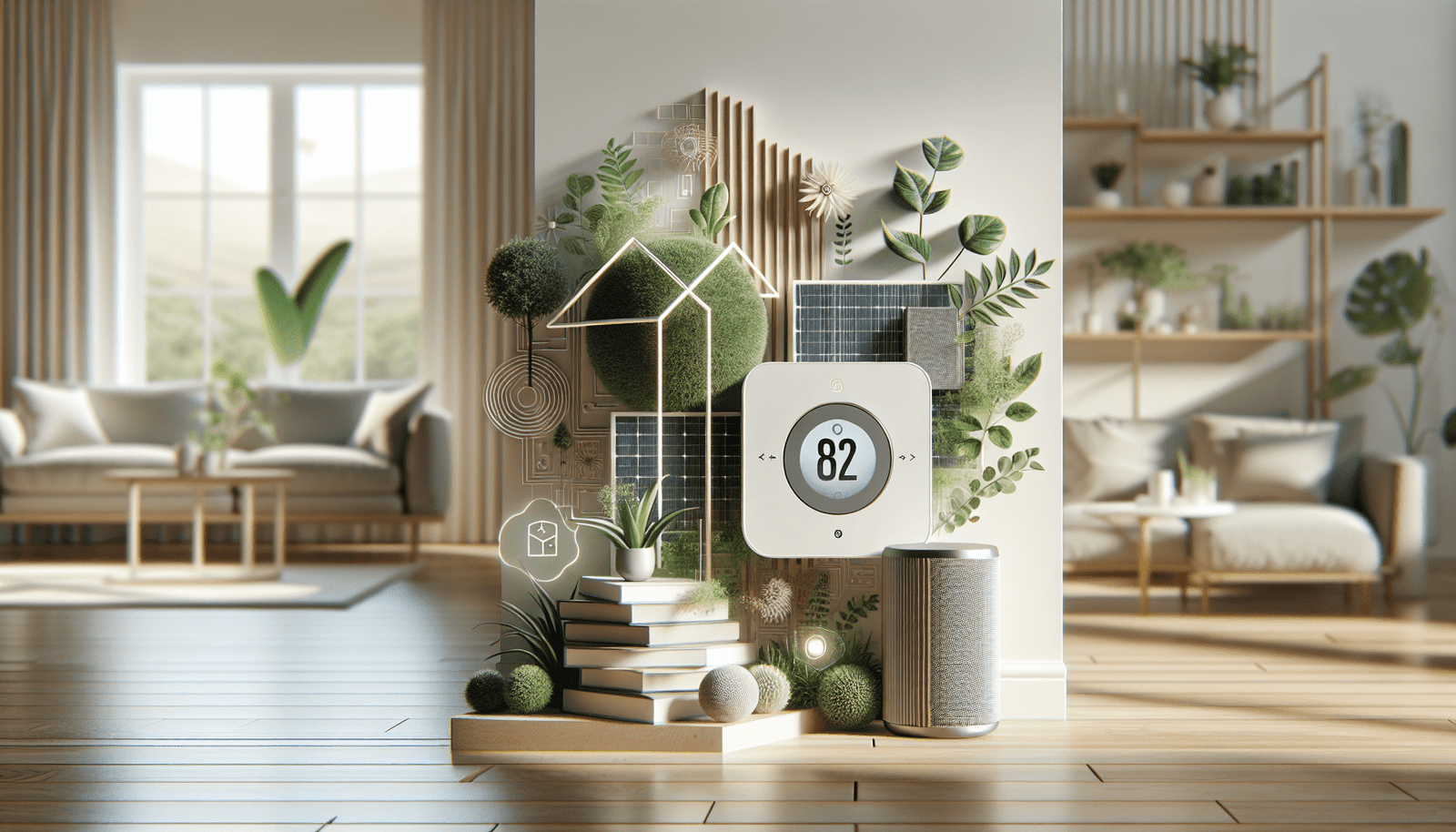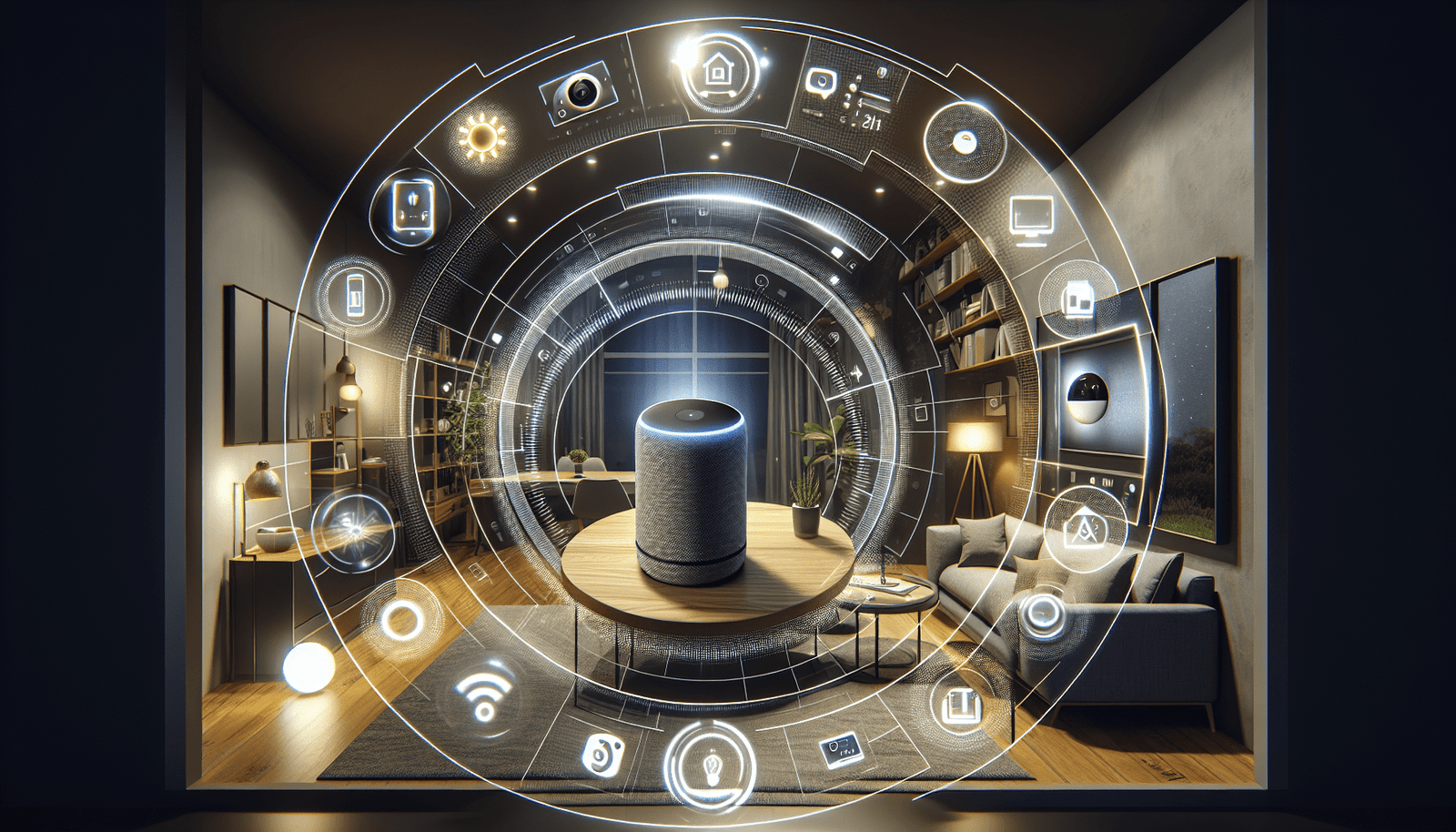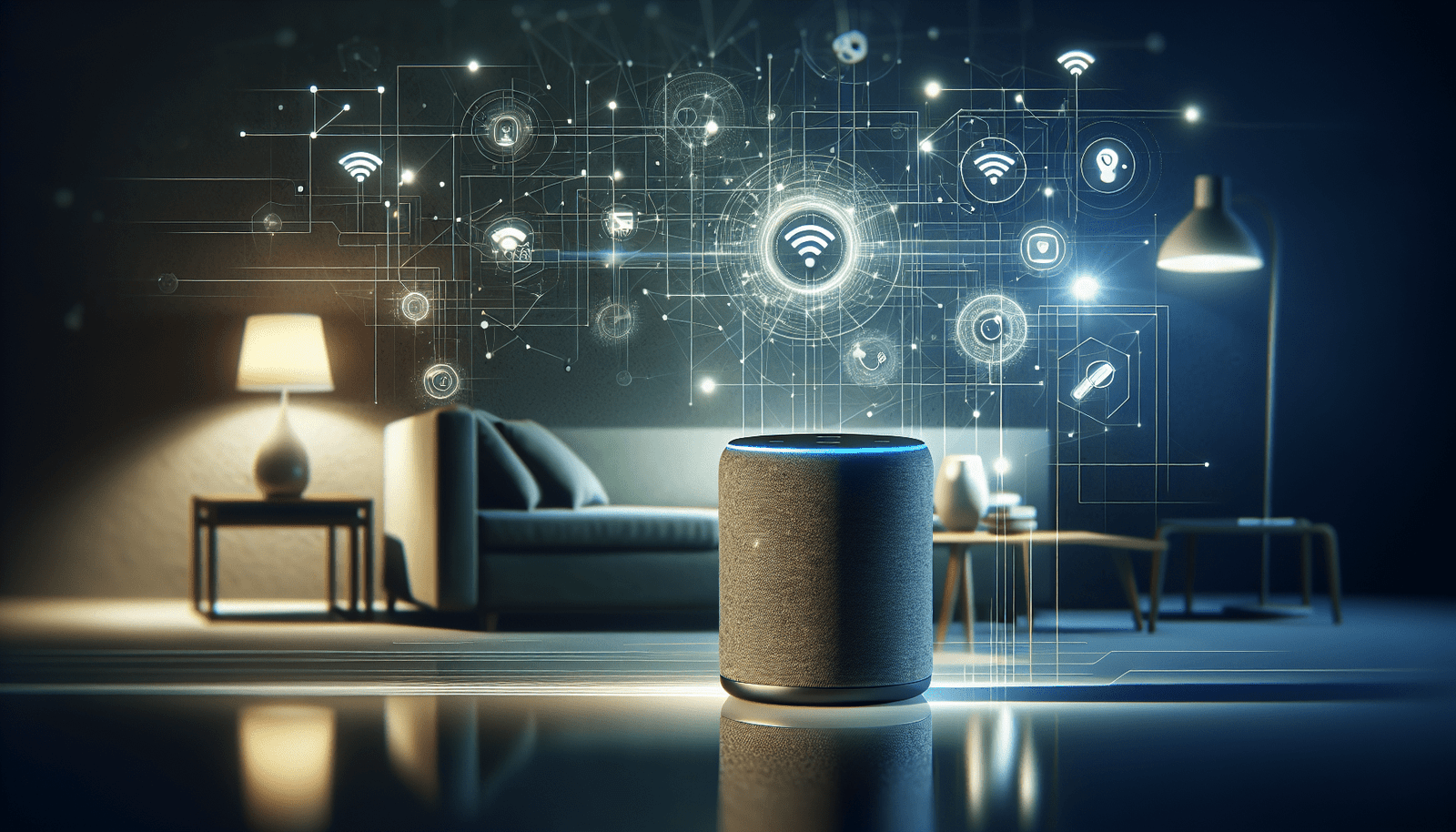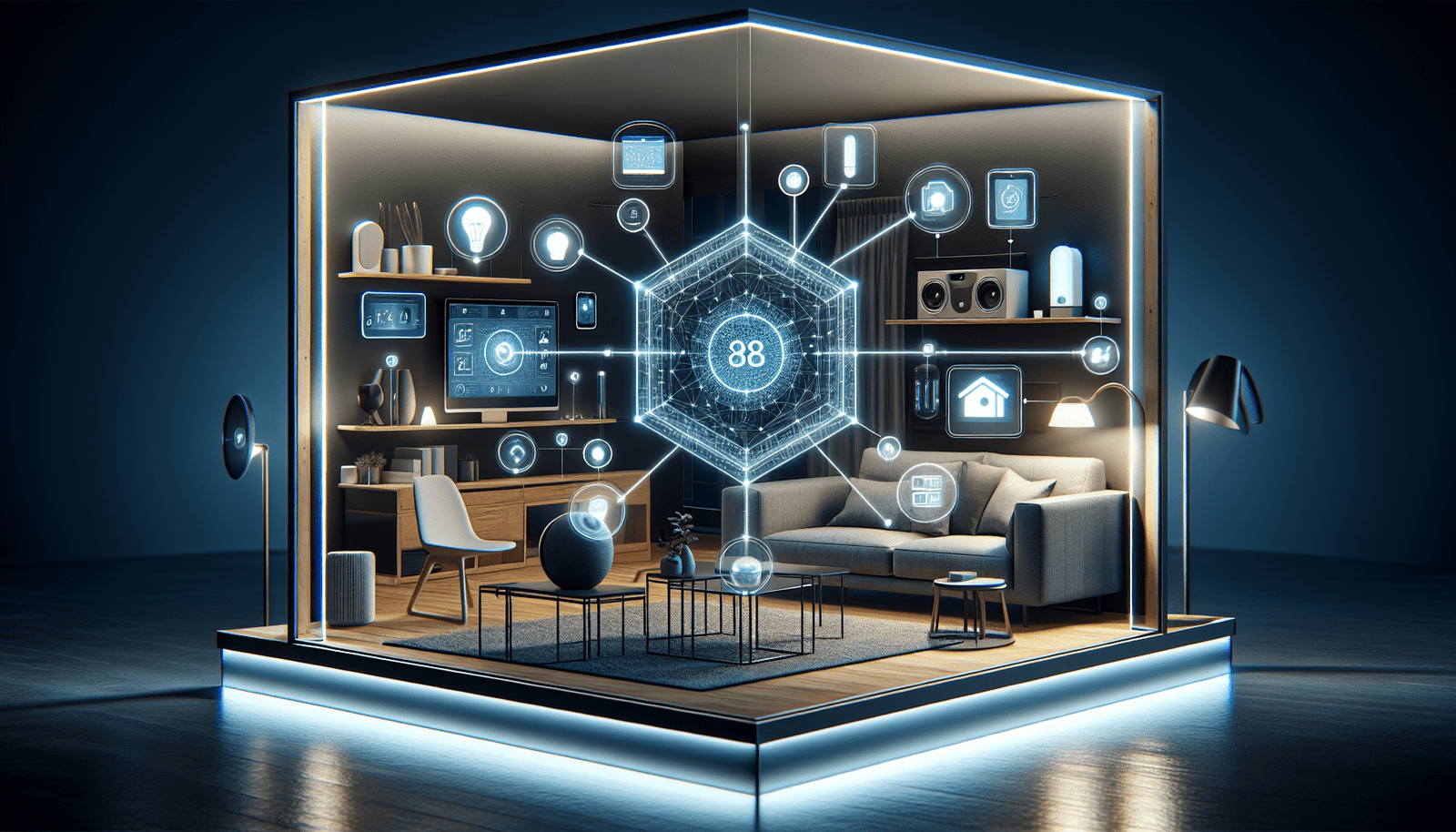Have you ever considered how technology can make your home more efficient and eco-friendly? In today’s fast-paced world, where technology is advancing at an unprecedented rate, integrating smart devices into your living space isn’t just about convenience; it’s about sustainability, energy efficiency, and creating a better future for the planet. In this article, we’ll explore how eco-friendly smart home devices can transform the way you live, making your environment more connected, efficient, and enjoyable.
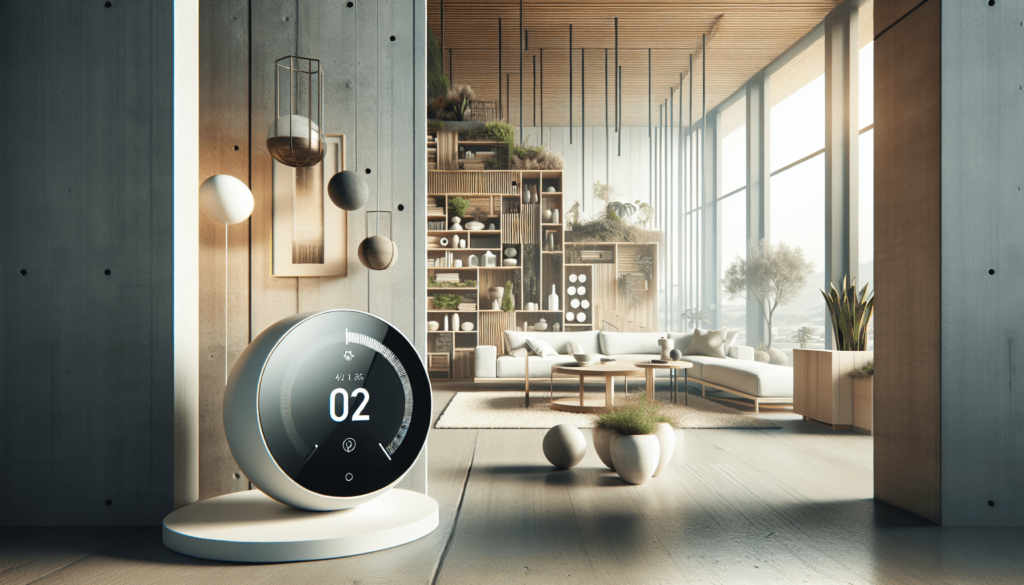
Understanding Smart Home Technology
What is a Smart Home?
A smart home is a residence equipped with technology that allows you to control and automate various aspects of your living environment through devices connected to the internet. These devices enable you to manage lighting, heating, security, and even your appliances remotely. By employing smart home technology, you can optimize your home’s energy usage, enhance security, and streamline daily tasks with minimal effort.
Key Features of Smart Home Devices
Smart home devices come with several features designed to enhance your lifestyle. Key features include:
- Remote Access: Control your home from anywhere using a smartphone or tablet.
- Automation: Set up routines and schedules so devices operate automatically, based on your preferences.
- Interconnectivity: Devices can communicate with each other, providing a seamless experience.
- Energy Monitoring: Track energy usage to identify ways to reduce consumption.
By understanding these features, you can better decide which devices will suit your needs.
Cost and Value Considerations
Initial Installation Costs
The cost of equipping your home with smart devices can vary significantly, depending on how much functionality you desire. Initial costs might include purchasing devices such as smart bulbs, thermostats, security cameras, or entire home systems. Generally, prices can range from $150 to $2,000 depending on the complexity and number of devices.
Long-Term Savings
One of the notable benefits of smart devices is their potential for cost savings. While the initial investment might seem high, many devices offer tangible long-term savings. For example, smart thermostats can reduce heating and cooling costs by up to 15%. Smart lighting can cut electricity bills by 25% or more through energy-efficient LED bulbs and scheduled usage.
Return on Investment (ROI)
Investing in smart home technology not only offers personal convenience but can also increase your home’s resale value. Features such as smart security systems and energy-efficient devices add premium appeal to potential buyers, drawing interest from tech-savvy individuals and environmentally conscious consumers alike.
Comparisons and Examples
Smart Thermostats: A Real-World Example
Consider the benefits of smart thermostats, like the popular Nest or Ecobee models. These devices learn your schedule and temperature preferences, adjusting heating and cooling accordingly. They offer an intuitive interface and remote control via mobile apps, integrating with other devices to maximize energy efficiency.
| Feature | Nest Thermostat | Ecobee Thermostat |
|---|---|---|
| Learning Capability | Automatically adjusts settings | Uses sensors and schedules |
| Remote Control | Via app, voice assistants | Via app, voice assistants |
| Integration | Works with Google Home, Alexa | Works with Alexa, HomeKit, Google |
| Cost Savings | Estimated 10-15% reduction | Estimated 20% reduction |
Through real-world examples like these, you can better evaluate which devices suit your lifestyle and budget.
Practical Setup Guides
Step-by-Step: Setting Up a Smart Bulb
Setting up a smart bulb is one of the easiest ways to start your journey into smart home living. Let’s walk through the setup process:
-
Choose the Right Bulb: Make sure the smart bulb you choose is compatible with your home’s lighting fixtures and your smartphone’s operating system.
-
Install the Bulb: Simply screw the smart bulb into a standard light socket as you would a regular bulb.
-
Download the App: Access your bulb’s control through the manufacturer’s mobile application, available on Android and iOS.
-
Connect to WiFi: Follow prompts in the app to connect your bulb to your home WiFi network.
-
Customize Settings: Once linked, you can adjust brightness, color, and scheduling preferences directly through the app.
Integrating a Smart Home Hub
For more comprehensive smart home control, a hub like the Samsung SmartThings or Amazon Echo can be a game-changer. Here’s how to integrate a hub:
-
Choose Compatible Devices: Check compatibility with your existing smart devices.
-
Install the Hub: Place your hub in a central location in your home for optimum connectivity.
-
Connect to Network: Use the accompanying app to connect the hub to your WiFi network.
-
Add Devices: Follow instructions in the app to add and configure connected devices.
-
Set Up Automations: Take advantage of the hub’s ability to create routines and automations for seamless smart device integration.
Using these steps allows you to simplify the process of establishing a connected home environment.

Security and Privacy Factors
Understanding Potential Risks
While smart devices offer many conveniences, they also come with privacy and security considerations. Potential risks include vulnerabilities to hacking, unauthorized data access, and misuse of personal data by third parties.
Safety Features and Best Practices
Implementing best practices can mitigate many security risks:
- Update Software Regularly: Ensure all devices use the latest software to protect against vulnerabilities.
- Utilize Strong Passwords: Use complex and unique passwords for device accounts.
- Network Security: Consider using a virtual private network (VPN) and ensure your home network is secure.
- Device Management: Regularly review connected devices and remove any that are unused or unrecognized.
Being aware of these considerations helps protect your smart home ecosystem.
Energy Efficiency and Sustainability
How Smart Devices Reduce Energy Consumption
Smart devices play a significant role in energy conservation. By leveraging data and automation, they can reduce unnecessary energy usage and promote efficiency. For instance, smart plugs can automatically switch off devices when not in use, while smart irrigation systems ensure effective water usage.
Environmental Benefits
The environmental impact of adopting smart technologies should not be underestimated. Energy-efficient devices reduce your carbon footprint, contributing to broader environmental goals. Choosing products with eco-friendly certifications further enhances these benefits, promoting sustainable practices at home.
Compatibility and Connectivity
Interacting with Platforms and Voice Assistants
Smart devices are designed for integration across multiple platforms and voice assistants. Whether you prefer Amazon Alexa, Google Assistant, or Apple HomeKit, it is crucial to choose devices compatible with your preferred ecosystem for a smooth experience.
Device Interconnectivity
A unified smart home experience relies on seamless device communication. Many manufacturers use standard communication protocols (such as Z-Wave or Zigbee) that ensure compatibility even among different brands. Understanding these protocols helps in creating a cohesive smart home system that works effectively without connectivity issues.
Future-Proofing and Innovation
Emerging Trends in Smart Home Technology
The future of smart homes points towards greater automation, increased use of artificial intelligence, and advancements in energy storage solutions. Innovations such as smart windows that efficiently manage light and heat or AI-driven home bots that assist with daily tasks are set to redefine smart living.
Preparing for Future Upgrades
Choosing smart home devices with the future in mind will save time, money, and effort down the line. Opt for devices that support software updates, have open-source integration capabilities, and are built on flexible platforms that allow for future expansion. This future-proof approach ensures your investment keeps pace with technological advancements.
Conclusion
Incorporating eco-friendly smart home devices into your living space is an insightful step towards a more sustainable and efficient lifestyle. By understanding the basics of smart technology, evaluating cost implications, and considering security measures, you can make informed decisions that align with your priorities and budget. Whether for reduced energy consumption, enhanced home security, or sheer convenience, smart home devices open new possibilities for how you can engage with your environment. Prioritize compatibility, stay informed of trends, and embrace the integration of smart technology to enhance both your home’s value and your quality of life. By adopting smart solutions, you’re contributing to a future where homes are smarter, more sustainable, and better connected than ever before.
